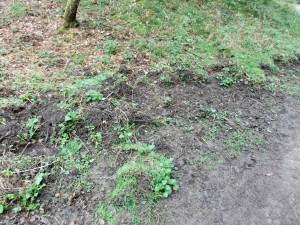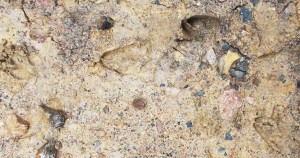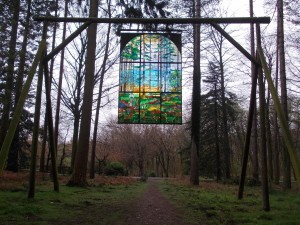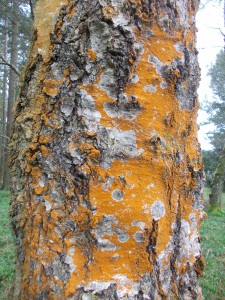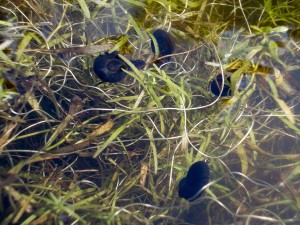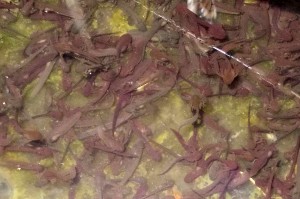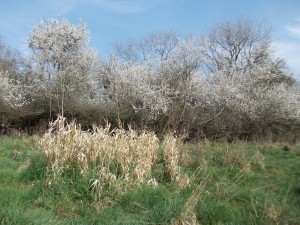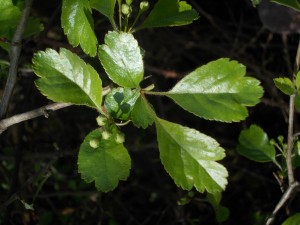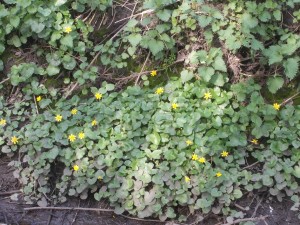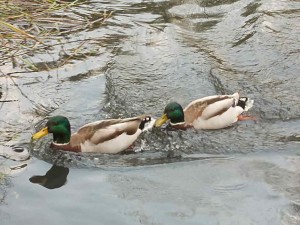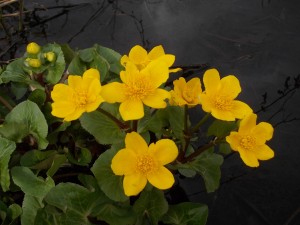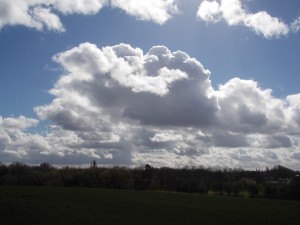London has a chain of not-quite-secret nature reserves stretching down its western side along the line of the Grand Union Canal and the valleys of the River Colne, River Frays, and the Yeading brook all the way to the River Crane, where there are more reserves; they are in the green strip you may briefly glimpse as you leave town on the M4 or M40. Many of them are rather tricky to reach because, almost by definition, the places that haven’t been built over are off the beaten track, round the back of airfields or industrial estates, past the housing estates and into the surprisingly green and quiet areas that have not yet been cut up by HS2 or other developments.
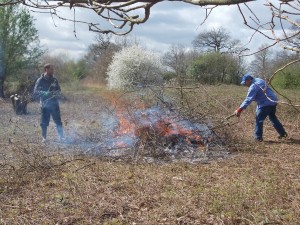
A Land-Rover full of London Wildlife Trust volunteers wriggled through the Hillingdon suburbs to Ten Acre Wood and what used to be the Ten Acre Wood Meadows. These have seen little management as agriculture has declined. The Trust’s chainsaw team had cut a fine crop of small trees – blackthorn, hawthorn, even oak, the climax plant in the succession from bare ground to full-blown forest – and left the branches neatly stacked in enormous rows across what should be meadow. The Yeading brook made the ground squelchy; six mallard flew in looking for somewhere suitably wet. Chiffchaffs and a blackcap sang merrily. We started two bonfires, admirably fanned by the cool breeze, and dragged branches on to them for hours until a sandwich and a welcome cup of tea intervened. With a bit more bramble clearance, and preferably some grazing, the meadows will again be a fine place for meadow flowers. Even now, it was amazing to realize that the city was all around, with nothing but greenery and blue sky in sight.

